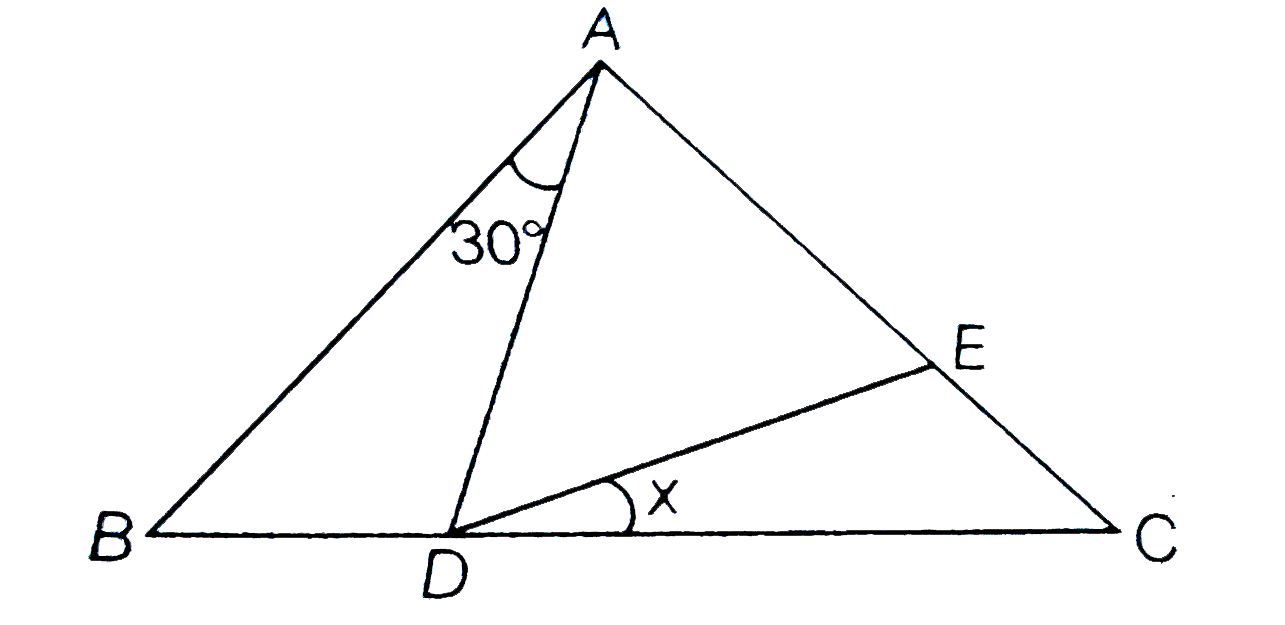Statement I If the sides of a triangle are 13, 14 15 then the radius of in circle =4
Statement II In aΔABC,Δ=√s(s−a)(s−b)(s−c)where s=a+b+c2andr=Δs
Statement I is True, Statement II is True, Statement II is a correct explanation for Statement I.
Statement I is True, Statement II is True, Statement II is NOT a correct explanation for Statement I.
Statement I is True, Statement II is False.
Statement I is False, Statement II is True.
The correct Answer is:A, B, D
Step by step video, text & image solution for Statement I If the sides of a triangle are 13, 14 15 then the radius of in circle =4 Statement II In a DeltaABC, Delta = sqrt(s (s-a) (s-b) (s-c))where s=(a+b+c)/(2) and r =(Delta)/(s) by Maths experts to help you in doubts & scoring excellent marks in Class 12 exams.
Updated on:21/07/2023Topper's Solved these Questions
- PROPERTIES AND SOLUTION OF TRIANGLES BOOK - ARIHANT MATHSCHAPTER - PROPERTIES AND SOLUTION OF TRIANGLES EXERCISE - Exercise For Sesssion 1
20 Videos
- PROPERTIES AND SOLUTION OF TRIANGLES BOOK - ARIHANT MATHSCHAPTER - PROPERTIES AND SOLUTION OF TRIANGLES EXERCISE - Exercise For Sesssion 2
19 Videos
- PRODUCT OF VECTORSBOOK - ARIHANT MATHSCHAPTER - PRODUCT OF VECTORSEXERCISE - Exercise (Questions Asked In Previous 13 Years Exam)
52 Videos
- SEQUENCES AND SERIESBOOK - ARIHANT MATHSCHAPTER - SEQUENCES AND SERIESEXERCISE - Exercise (Questions Asked In Previous 13 Years Exam)
38 Videos
Similar Questions
In the given figure,if AB=AC,∠BAD=30∘andAE=AD, then x is equal to

View SolutionIf in a triangle ABC,(s−a)(s−b)=s(s−c), then angle C is equal to
View SolutionLet O be the origin and let PQR be an arbitrary triangle. The point S is such that ¯¯¯¯¯¯OP⋅¯¯¯¯¯¯OQ+¯¯¯¯¯¯OR⋅¯¯¯¯¯¯OS=¯¯¯¯¯¯OR⋅¯¯¯¯¯¯OP+¯¯¯¯¯¯OQ⋅¯¯¯¯¯¯OS=¯¯¯¯¯¯OQ⋅¯¯¯¯¯¯OR+¯¯¯¯¯¯OP⋅¯¯¯¯¯¯OS Then the triangle PQR has S as its
View SolutionLet a,b,c be in A.P. and |a|<1,|b|<1|c|<1. If x=1+a+a2+....to ∞,y=1+b+b2+....to ∞and,z=1+c+c2+...to ∞, then x,y,z are in
View SolutionStatement I: The sides of triangle are 20cm,21cm,29cm. Its area is 210cm^(2) Statement II : 2s=(a+b+c), where a,b,c are the sides of triangle,then area=sqrt(s(s-a)(s-b)(s-c))
View SolutionIf a,b,c are the sides of a triangle and s=(a+b+c)/(2), then prove that 8(s-a)(s-b)(s-c)<=abc
View SolutionUsing vectors: Prove that if a,b,care the lengths of three sides of a triangle then its area Delta is given by Delta=sqrt(s(s-a)(s-b)(s-c)) where 2s=a+b+c
View Solutionरिक्त स्थान की पूर्ति उचित अंक/अक्षर/शब्द से कीजिए -
हीरोन के सूत्र के द्वारा, त्रिभुज का क्षेत्रफल =√(.......)(s−a)(s−b)(s−c). जहाँ a, b और c त्रिभुज की भुजाएँ हैं तथा s त्रिभुज का अर्धपरिमाप है |
View SolutionIf (s−a)=5cm
(s-b)=10cm
(s−c)=1cm, find a,b & c
Where a,b & c are sides of the triangle.
View Solution(a) Solve the equation √6−4x−x2=x+4 OR (b) Prove that in any ΔABC,Δ=√(s−a)(s−b)s(s−c), where s is the semi - perimeter of ΔABC?
View SolutionΔABC -இல், Δ=√s(s−a)(s−b)(s−c) என நிறுவுக. இங்கு s என்பது ΔABC-ன் அரைச் சுற்றளவாகும்.
View SolutionUsing vectors: Prove that if a,b,care the lengths of three sides of a triangle then its area Δ is given by Δ=√s(s−a)(s−b)(s−c) where 2s=a+b+c
View SolutionIf a, b and c are the lengths of the three sides of a triangle, then the area of the triangle is = sqrt( s(s-a) (s-b) (s-c)) Is where s is the perimeter of the triangle.
View SolutionWhich of the following statement is true :
Statement -I : In ΔABCifr1=s then ΔABC is Equilateral.
Statement -II : In ΔABCr=(s−b)cot(C2)
View SolutionWhich of the following statements is true
I In aΔABCif4s(s−a)(s−b)(s−c)=a2b2 then it is right angled triangle
II in aΔABC the expression sinA+sinB+sinC is maximum then the triangle is equilateral
View Solution

